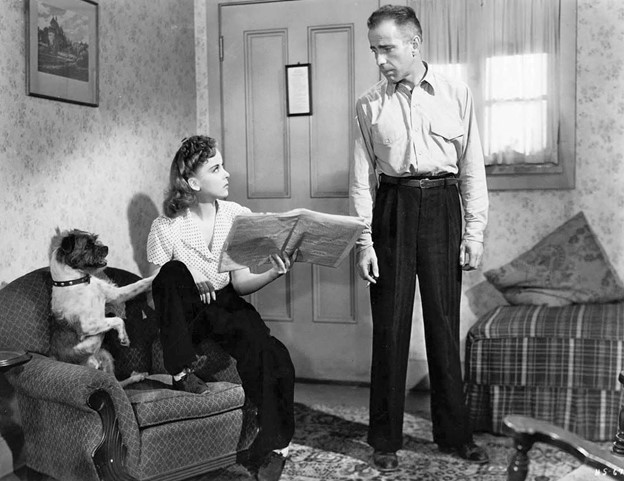A Nous la Liberte (1931)

Rene Clair's "A Nous la Liberte" After a string of global successes in 1930s " Under the Roofs of Paris " and " Le Million ," Rene Clair made his chef-d'oeuvre, " A Nous la Liberte ." Although not entirely musical, the film features musical elements, which only add to the whimsical and lyrical tone of the film. This tone allows for the more critical aspects of the film to be examined without sacrificing entertainment value. Many consider " A Nous la Liberte " to be Clair's masterpiece, as it was a culmination of the style, tones, and themes present in his earlier work presented in a more cohesive and expressive picture. The film follows Louis, a man who escapes from prison and becomes a wealthy industrialist making record players. However, one of his other friends who helped him escape, Emile, shows up and begins to mess things up. Emile begins to show how 'uncivilized' and 'un-upper-class' Louis is to his u





